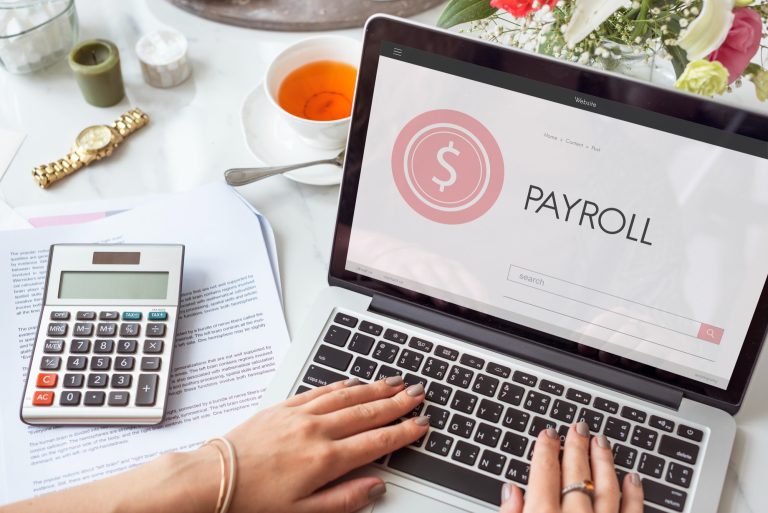Advance Tax vs Self-Assessment Tax – Key Differences Explained
Every responsible citizen must fulfill their duty to pay taxes since this tax revenue enables countries to maintain their operational economy. Public services requiring taxation include infrastructure maintenance, operating healthcare systems and education institutions, and maintaining national defense readiness. A country’s growth and progress become possible through citizens and businesses who fulfill their tax responsibilities, thus creating opportunities that benefit society.
The payment of taxes relies on two fundamental components, which are Advance Tax and Self-Assessment Tax. The questions regarding Advance Tax vs Self Assessment Tax are often asked as the requirement of Advance Tax dictates that taxpayers make progressive payments during the year based on projections of their fiscal earnings. The system allows governments to receive continued financial support from taxpayers aside from protecting citizens from experiencing overwhelming tax liabilities near the year’s conclusion. People use Self-Assessment Tax as their last tax payment before sending their income tax return when they need to pay any remaining unmet obligations. The two systems function as compulsory elements for tax refund compliance purposes and penalty prevention.
Financial discipline combined with a legal responsibility to taxes emerges through prompt tax payments. When payments are delayed or do not happen, payments set off interest costs and lead to possible legal penalties. Essential financial contributions from responsible taxpayers support economic growth and eliminate avoidable financial dilemmas. Individuals and businesses who use efficient tax liability management methods stay compliant and gain financial stability in their operations.
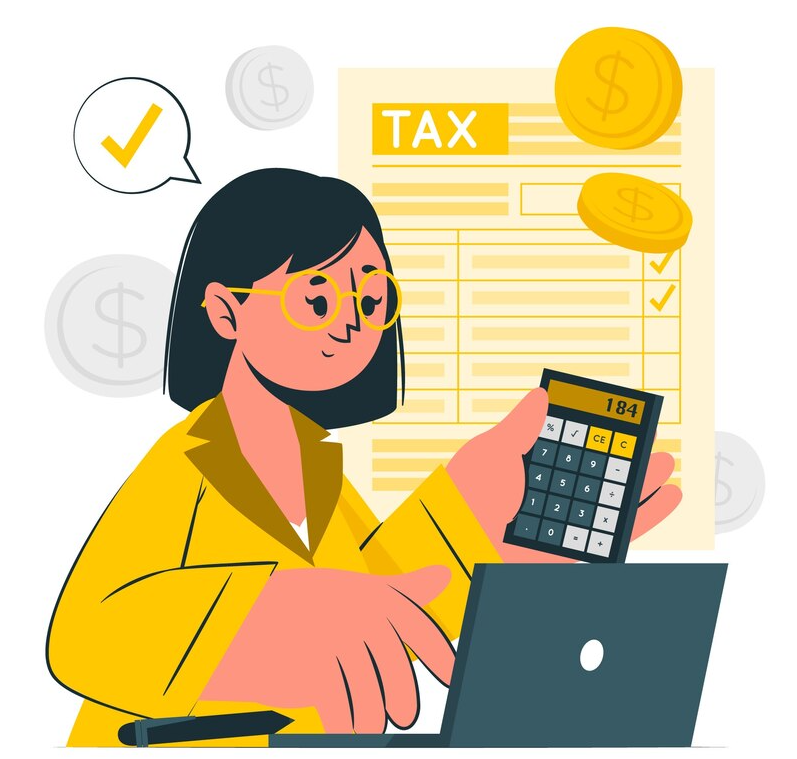
More Information on Advance Tax
Clients must pay Advance Tax installments throughout the financial year because they estimate their income before the year’s end. The advance tax obligation applies to all taxpaying entities, including individuals and businesses, unless their annual tax responsibility remains below ₹10,000. Tax distribution throughout the year through this system prevents single large tax payments.
The tax collection for Advance Tax occurs through four installments, starting with 15% on June 15 and continuing to increase up to 100% by March 15. The tax liability stems from wages along with business earnings and capital gain profits in addition to property leases and interest earnings.
Advance tax payments help prevent interest penalties under Sections 234B and 234C of the Income Tax Act. Public service delivery remains funded through consistent revenue streams because of the advanced tax system payments. Those who seek proper tax planning gain maximum financial control while respecting all tax requirements.
Who should pay Advance Tax?
People who operate a business or practice professional work need to pay Advance Tax. When their yearly tax liability amounts to more than ₹10,000. It applies to:
- Salaried Individuals: Those earning their salary and having additional income exceeding ₹10,000 need to pay Advance Tax.
- Self-Employed Freelancers & Professionals: Doctors and other freelance professionals like lawyers and consultants, along with independent professionals, need to estimate and fulfill their Advance Tax obligation.
- Business Owners: The expected profits of proprietors, inclusive of partnership firms and corporations must make installment tax payments.
- Traders and Investors: The capital gains income gained through the sale of stocks or cryptocurrencies requires payment of tax to the government.
- Companies & Startups: Companies and Startups, among other registered businesses, need to pay Advance Tax based on their predicted profits.
The timely payment of Advance Tax helps businesses stay penalty-free from Sections 234B and 234, C, allowing for easy tax compliance.
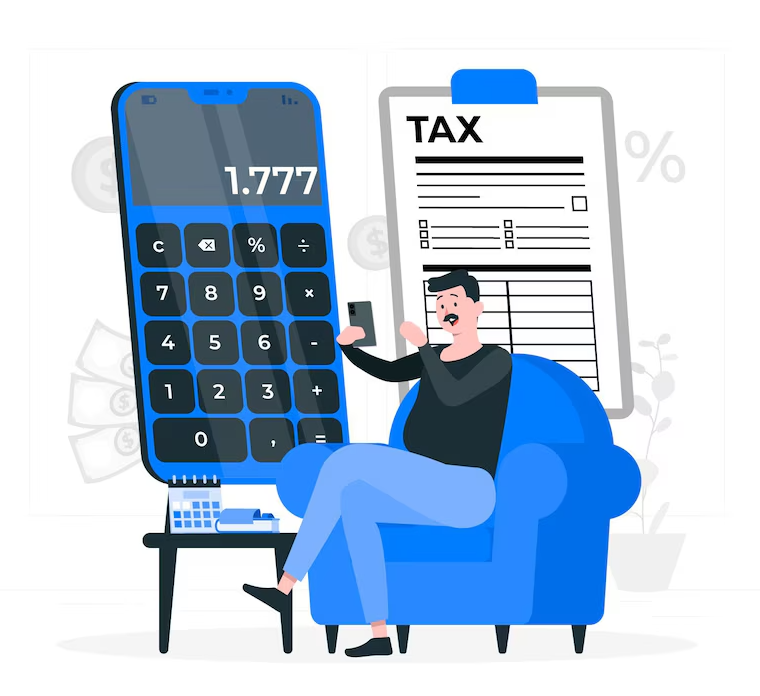
Do you want to know more about our hihellohr Software?
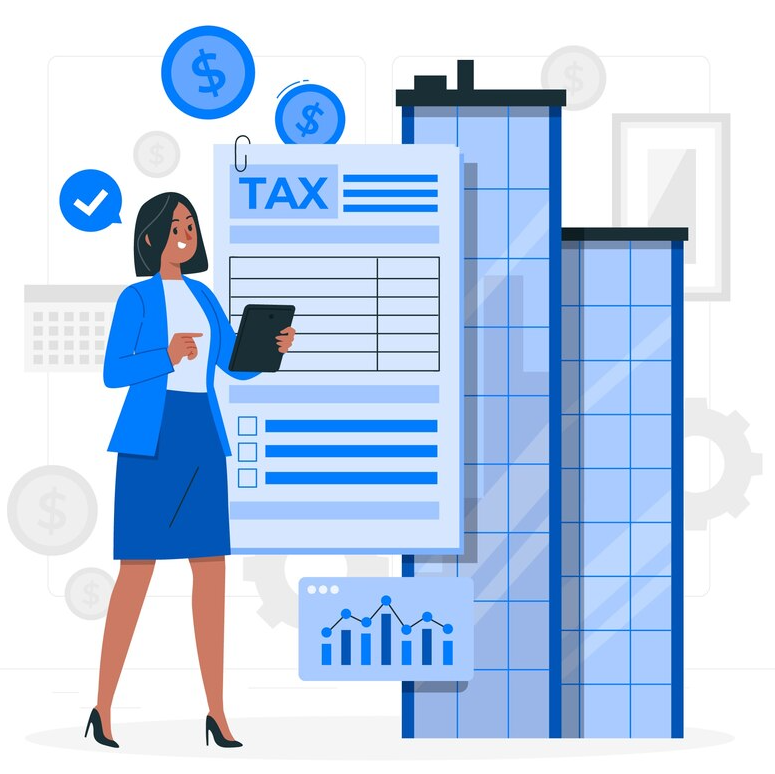
How to Calculate Advance Tax?
- Summarize all expected income streams, which include salary payments as well as business operations alongside rental earnings and interests and capital gains revenue.
- Deduct Eligible Expenses & Deductions through the subtraction of business expenses and exemptions, including those under Section 80C as well as Section 80D.
- The next step is to compute your taxable earnings, which appear after deductions are applied.
- Apply the relevant income tax slab rates to determine the complete tax liability amount.
- Subtract TDS (Tax Deducted at Source) – All existing tax deductions paid by employers, clients, and banks.
- Users need to pay Advance Tax when the remaining tax liability reaches above ₹10,000.
- You need to send deposit payments according to the installation terms that specify the due dates.
- 15% by June 15
- 45% by September 15
- 75% by December 15
- 100% by March 15
- The payment process must be completed using the income tax portal or officially designated bank locations.
More Information on Self-Assessment Tax
People and businesses need to file Self-Assessed Taxes before their income tax return if their tax obligation remains after Advance Tax and Tax Deducted at Source payments. The self-assessed tax requires evaluation of total financial year earnings after eliminating any payments made in advance to authorize taxation.
The tax plays a vital role because it guarantees complete tax compliance from all taxpayers before they file their returns. Failure to pay Self-Assessed Tax on time leads to tax penalties and interest charges according to the Income Tax Act requirements.
Businesses and self-employed workers, together with employees who possess secondary income streams, need to grasp Self-Assessed Tax knowledge to prevent surprising tax situations during the financial year. The timely payment of Self-Assessed Tax shows responsible money management while protecting taxpayers from legal consequences and preserving tax law compliance, which results in an efficient tax reporting experience.
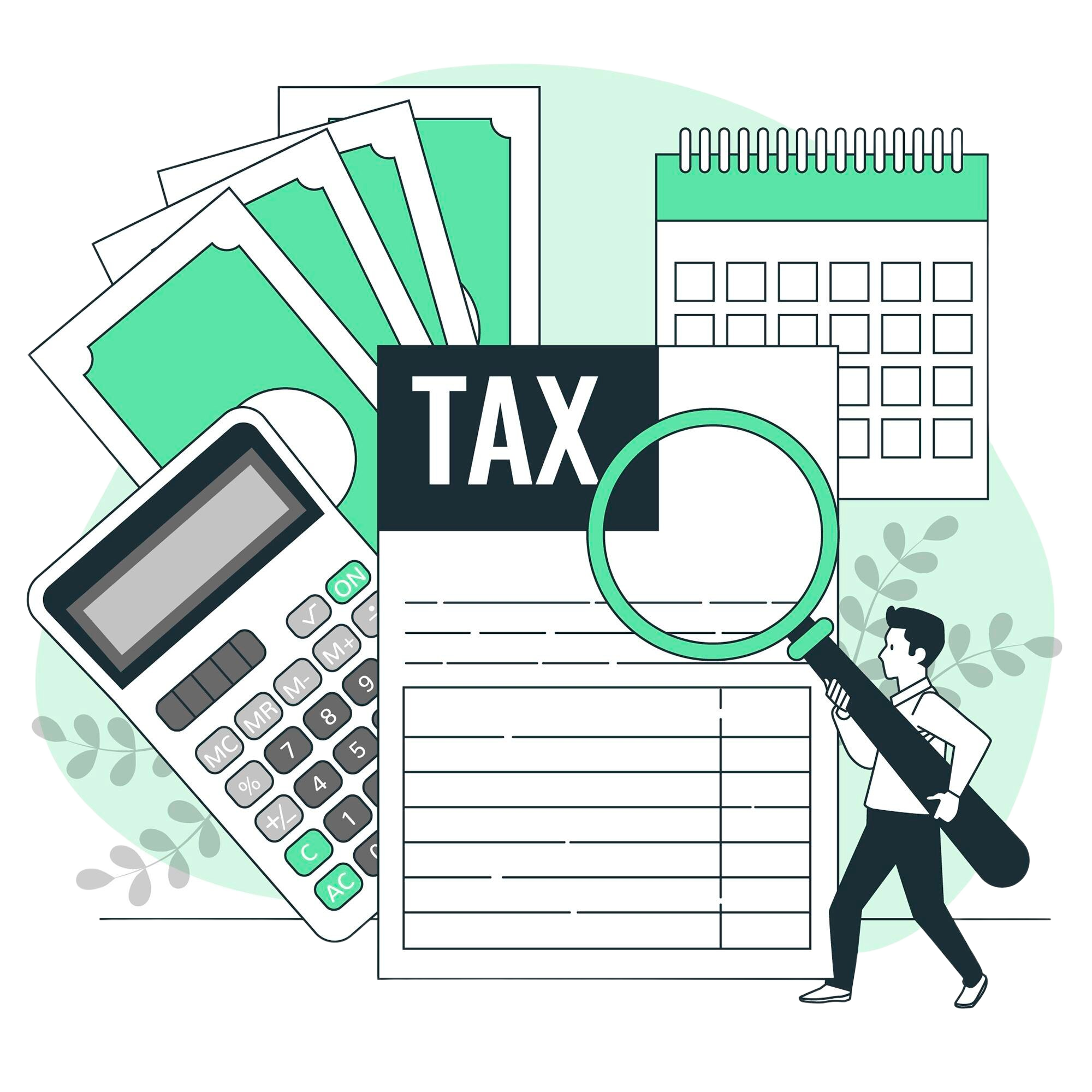

Who should pay the Self-Assessment Tax?
Every individual and business entity needs to pay Self-Assessed Tax whenever their total taxable obligations exceed the limits of Advance Tax payments or Tax Deducted at Source (TDS). It applies to:
- Salaried Individuals: All compensation-based workers with earnings apart from their salary must perform Self-Assessed Tax payments since salary-based TDS deductions prove insufficient.
- Freelancers & Self-Employed: Freelancers, along with self-employed professionals, need to determine their remaining tax liability because no one deducts their tax for them.
- Business Owners: Owners of businesses need to make any inadequate tax payments in advance before filing their tax returns.
- Investors & traders: People who invest in stocks using real estate and cryptocurrency need to pay extra taxes due to their capital gains.
- High-Income Earners: Working individuals who exceed TDS thresholds need to calculate and pay Self-Assessed Tax otherwise, they will face penalties.
How to Calculate Self-Accessment Tax?
- Determine your income and calculate the income that could be taxable from all sources.
- Identify the Applicable Deductions and Subtract the deductions and exemptions
- Determine the final taxable earnings by calculating the taxable income and applying the deductions to the gross income.
- The tax due is calculated by applying the tax rates using the appropriate tax slabs.
- Take the calculated tax and subtract any available tax credits.
- Add the TDS or advance tax as required. Amounts paid in taxes should be adjusted.
- Regulate the remaining payable amount.
- Use Offline or Online methods to pay the Self-Assessment Tax.
- The last step is to report the payment and file the income tax return within the due date to avoid late fine deductions.
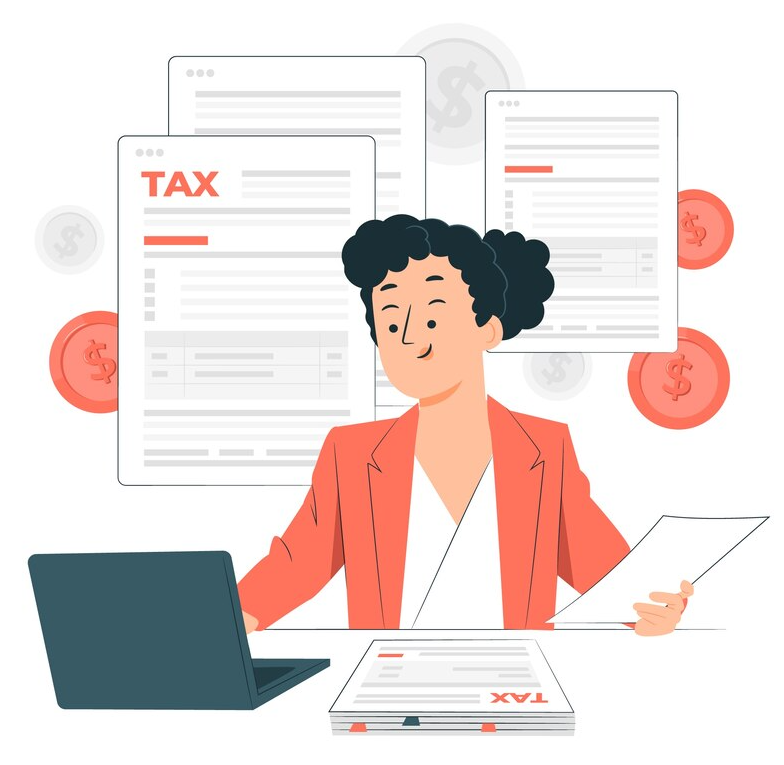
Difference Between Advance Tax and Self-assessment tax
Here’s a table highlighting the differences between Advance Tax and Self-Assessment Tax:
Feature | Advance Tax | Self-Assessment Tax |
Definition | A taxpayer estimates their financial year earnings to make tax payments in advance before the year closes. | Post-financial-year taxes are submitted through filing the income tax return. |
Timing | The payments stretch across the entire fiscal year up to the time of financial year closure. | A taxpayer submits the payment after completing a tax return process for calculating remaining tax obligations. |
Applicability | This provision applies to taxpayers whose entire tax burden surpasses a set limit (Indian rules have established ₹10,000 as the threshold). | The taxpayer must pay this due when advance tax and TDS fail to cover the remaining tax amount. |
Installments | Taxpayers need to make their payments through multiple defined installments which the tax authority establishes for each due date. | Pay this amount entirely at once before I submit my tax return documents. |
Interest Liability | Non-payment of taxes results in interest penalties that follow the rules specified in Sections 234B and 234C (India). | Law exists under Section 234A (India) for imposing interest payments when taxpayers file after their due date. |
Purpose | The purpose of this system enable taxpayers to fulfill their progressive tax obligations during each month of the year. | Any taxpayers must use this method to settle outstanding tax debts before submitting their tax returns. |
Who Pays it? | Self-employed citizens together with businesses along with workers who earn a secondary income. | Good to pay advance tax are all taxpayers who manage to clear up their final tax after the TDS and advance tax assessments. |
Conclusion
Advance Tax payment along with Self-Assessment Tax enables both legal compliance with tax rules and penalty avoidance and effective financial obligation management. The distribution of your tax debt by Advance Tax throughout the year minimizes year-end stress whereas Self-Assessment Tax lets you handle pending payments before returning your taxes.
Timely tax payments prevent you from experiencing interest expenses and encountering legal financial issues. National development receives significant benefits from people who make their tax payments on time. So, why wait? Those who plan their taxes well can reduce stress by paying their taxes on time to feel at ease. To determine your tax burden you need assistance with calculations. You should initiate financial responsibility measures to remain ahead of your account requirements.
Most Commonly Asked Questions
What are the common mistakes to avoid while paying Self-Assessment Tax?
Taxpayers should make sure to skip these Self-Assessment Tax errors: wrong tax computations, unsubmitted penalty, and interest payments, choosing a flawed assessment year, omitting challan detail checks extending payment to accrue additional interest, and neglecting to add payment records on tax returns. Always cross-check details before submission.
What can a taxpayer do in case he/she makes an incorrect tax payment
The income tax portal enables taxpayers to file rectification requests or submit refund applications when they have made incorrect payments. Contacting the tax department becomes necessary when a person makes an incorrect assessment year or category selection. It is necessary to retain payment receipts for potential future reference.
What if the self-assessment tax is not paid?
If the Self-Assessment Tax is not paid, the taxpayer may face penalties, interest under Section 234A (India), and possible legal consequences. The tax return cannot be processed until the due amount is cleared. Delay in payment also attracts additional interest, increasing the total tax liability. Prompt payment ensures compliance and avoids penalties.
How do I pay self-assessment tax?
By using your country's tax portal you can access Self-Assessment Tax payment through the correct selection followed by entering information such as assessment year, tax amount, and payment type for challan generation. The payment transaction supports online financing through UPI, net banking, and debit card services. Completing your payment enables you to download the receipt which becomes essential for your tax filing. Update the receipt as part of your tax documentation.
What if payment due dates of advance tax are missed?
The failure to meet Advance Tax deadlines triggers interest costs under Section 234B and 234C of Indian tax rules. Section 234B requires payment of interest for nonpayment of taxes whereas Section 234C applies interest for any payment shortfalls. This increases your tax liability. You should pay your outstanding tax duties immediately to escape penalties.
Are advance tax and self-assessment tax the same?
The taxes known as Self-Assessment Tax differ substantially from Advance Tax. Advance Tax requires periodic payments based on estimated earnings throughout the financial year but Self-Assessment Tax gets paid after the year passes for final payment before filing the tax return. The payment of both systems assists taxpayers in preventing penalties and interest payments.
What is the difference between self-assessment tax and regular tax?
A taxpayer must pay Self-Assessment Tax ahead of their Income Tax Return filing through a payment before the due date for any remaining tax liabilities after deduction of TDS and Advance Tax. The tax department determines Regular Tax as the total assessment amount including penalties and additional dues whereas Self-Assessment Tax requires taxpayers to pay pending liabilities before filing income tax returns.
Who is eligible for advance tax?
Parties who tally up a tax measure over ₹10,000 during one fiscal year must submit advance tax payments. This rule applies to individuals together with corporate entities and professional bodies. Persons with salaries as well as independent contractors and corporate entities fall under this tax requirement. Senior citizens who maintain no business activities do not require payment. Taxpayers need to make periodic payments as per the guidelines set by the government.
Why pay self-assessment tax?
When you pay your Self-Assessment Tax you meet all tax responsibilities prevent fines and create reliable tax statements. This tax allows you to cover any unsettled financial obligations that stem from TDS and Advance Tax responsibilities thus averting legal problems and interest penalty payments. Ending your payments on time lets you follow tax requirements and maintains a problem-free submission process. Stay tax-compliant and stress-free!
Is advance tax refundable?
The paid amount of Advance Tax exceeds actual tax responsibility thus making it eligible for a tax refund. The tax department returns any excess amount you paid after filing your income tax return. The tax refund may generate interest payments under specific requirements. Correct tax calculations should be performed to prevent making excessive tax payments.
What is the difference between TDS and advance tax?
Workers and banks must make TDS deductions from payments known as salary or interest before payments are released while taxpayers need to pay Advance Tax directly based on their anticipated earnings through quarterly installments. The payment system for TDS operates through periodic deductions but the taxpayer pays Advance Tax in self-digested installments when tax obligations surpass ₹10,000.
How do I avoid advance tax?
The threshold for Advance Tax avoidance is reached by maintaining a total tax burden under the specified amount (such as ₹10,000 in India) after TDS reductions. You can reach this outcome through TDS deduction increases along with tax-saving investment source adjustments and strategic income.
Related Articles:



